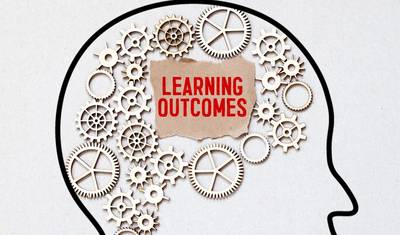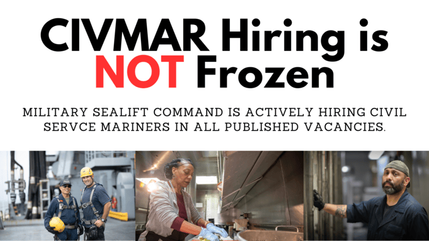Training Tips for Ships: Choosing e-Learning Media ... It’s All About Outcomes!
In the previous edition of Training Tips for Ships we discussed the choice of media for learning materials and which media would lead to the best results. Is it text? Images? Videos? Interactive exercises and simulations? All too commonly it is claimed that interactive media with fancy (and expensive) graphics will produce better learning outcomes. The reality is not nearly so simple. So, how do we choose? It’s not hard.
The first question we should be asking is not one of media choice, but instead is one of learning outcomes. Do we want the trainee to internalize some knowledge or a concept? Or is it skills or reasoning we are hoping to impart? These are very different learning goals and different media types will better support some goals than others. Let’s look at these in a bit more detail.
There are many ways to categorize learning goals, but for our purposes I have broken it into the following four simple categories:
- Assimilation of knowledge. Here we simply have some information that the trainee needs to know. For example - what is the draught of the vessel?
- Understand a concept. Here we are trying to teach how something works. This goes beyond a list of facts to yield an understanding of how, for example, a piece of equipment operates.
- Be able to perform a task. Here we are trying to teach the ability to get something done, safely and effectively. Examples might be to launch a rescue craft or take a sounding.
- Be able to reason and make decisions. Here we are preparing the trainee to make decisions and perform actions in response to novel situations.
Given any training we wish to do, we first need to decide which of these categories the training fits into. Let’s take donning a fire suit as one example. Which of the above applies here? Although it could be argued that teaching this competency requires the accomplishment of all four learning goals, they are not weighed equally. In this case:
- There is a reasonable amount of knowledge to learn - what the components of the fire suit are, where they are stored, how they fit together, etc.
- There is a small bit of conceptual knowledge required - such as how the suit protects against heat.
- The ability to perform the task (don the suit) is central, arguably equal in importance to the knowledge of the components of the fire suit.
- And finally, being able to reason is not a large requirement of donning a fire suit. Indeed, there may be issues encountered while donning or using a suit which take some reasoning to resolve but are unlikely the primary desired outcome.
Looking above, it seems the primary learning goals for donning a fire suit can safely be considered to be “Knowledge assimilation” and “Task performance”. You can use the same process to get a general idea of the primary learning goals for any competency.
Once we understand these learning outcomes, the task of matching media to the outcomes is relatively straightforward if we understand the strengths and limitations of each. In fact, said a little differently, for each of these learning outcomes there are teaching methods (or pedagogies as it is correctly referred to) that will have strengths or limitations in achieving the desired outcomes, and in many cases the choice of media is a direct result of the pedagogy chosen.
But for our purposes we will simplify a bit and look at how media choices match up to their desired learning outcomes. This will be the topic for the next edition of Training Tips for Ships.
Until then, thank you for reading and sail safely!












